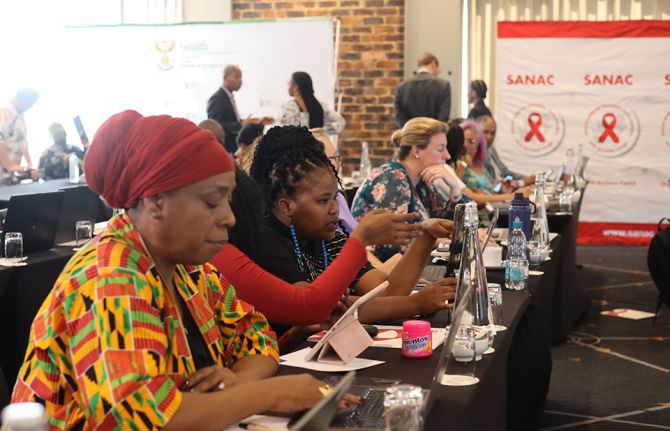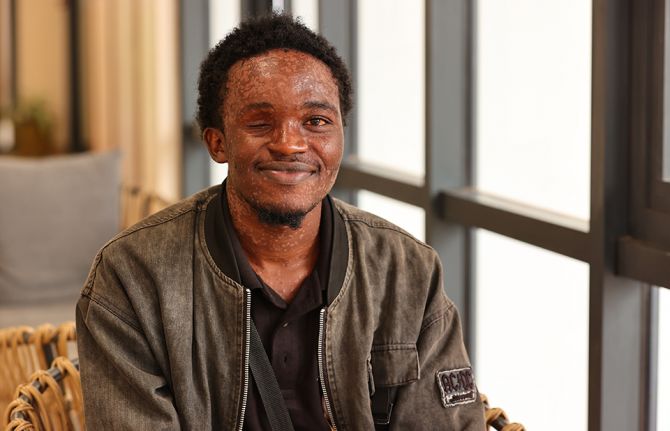
Feature Story
Traditional healers join the AIDS response
07 February 2007
07 February 2007 07 February 2007
UNAIDS/M.Jensen
African traditional medicine is often the primary, and frequently the only, accessible health-care option for many people living in sub-Saharan Africa.
Attempts to bring biomedical and traditional health care together for people living with HIV began in the early 1990s when the World Health Organisation recommended that traditional medicine be included in national responses to HIV.
“People all over the world have always sought advice from both biomedical doctors and traditional healers for all kinds of physical, emotional and spiritual problems. HIV is no exception” said Purnima Mane, Director of Policy, Evidence and Partnerships at UNAIDS. “It is our responsibility to ensure that people have access to the best possible care which they need and seek.” she added.

UNAIDS/L.Gubb
Early attempts to combine the best of both systems included a variety of projects that looked at the usefulness of traditional herbal remedies for the treatment of HIV-related illnesses. Studies looking at traditional healers’ perceptions of sexually transmitted infections and HIV infection were also conducted. With this information, collaborative projects began, training traditional healers as educators and counsellors to disseminate information on HIV and sexually transmitted infections in their communities and to their peers.
One such project involved the Inanda healers from the Valley of a Thousand Hills, Kwa-Zulu Natal, South Africa. In 2000, community leaders called for help in strengthening their response to the AIDS epidemic. They identified local traditional healers as having an important role to play. In response to their request, social scientists and medical doctors began working in partnership with the local traditional healers on HIV prevention projects.
A group of around 16-20 healers attended one-day monthly workshops where they learnt about HIV transmission, prevention, treatment and care. Discussions took place around traditional and cultural sexual practices that could prevent HIV transmission and safer sexual practices involving more than just condoms.
Herbal treatments such as Sutherlandia frutescens, also known as the ‘cancer bush’, which is produced in pill form and enhances appetite and immunity, were debated alongside other traditional medicines used by the healers.

WHO/UNAIDS/P.Virot
Coordination of the needs of the patient within a family and community context was an important part of the discussions. Traditionally, healers apply holistic healing approaches to problems and illnesses during their consultations, and whilst the patient remains the focus, equal importance is given to the socio-cultural background where the support network and the family interaction are essential.
“We must find more ways of facilitating and supporting the unique contribution healers can make to the response to AIDS,” said Andy Seale, Chief of Civil Society Partnerships at UNAIDS.
Through the regular meetings, the healers have established an informal support network and rely on each other for referral and resources. Increasingly, ways are being found to stimulate both referral networking with the formal health sector and with the traditional healers.
The ripples of the Inanda healers’ work have become increasingly widespread and more and more people are requesting HIV testing, counselling and support through the healers. There is hope in the Valley of a Thousand Hills and the commitment to make a difference.
As part of the best practice collection, UNAIDS has published practical guidelines to help health authorities develop productive relationships between traditional healers and moder biomedical professionals and strengthen the response to AIDS. http://data.unaids.org/Publications/IRC-pub07/JC967-TradHealers_en.pdf
Other Links:
UNAIDS "Best Practice Collection" - Learning from experiece



